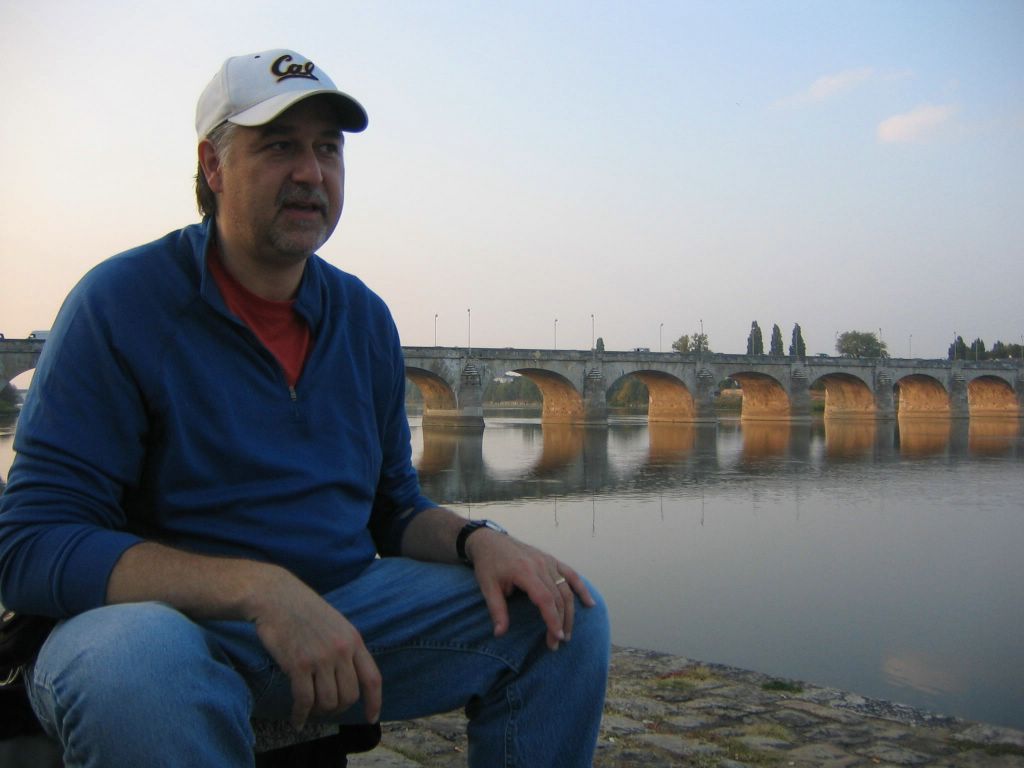The negative scanning project has impressed me me with the power of
Adobe Photoshop Elements
. The negatives that we are scanning have picked up a fair amount of scratches and discolorations over the years, despite us taking pretty good care of them. The following is how these flaws can be cleaned up to give the best possible image.
Here is a "before" image (click on this to give a a large view):

In Photoshop I tuned down the brightness of the image and cleaned up the white scratches. This was a tricky image because of the scratches on on her eye. Essentially you can edit pixel by pixel to recreate what was lost. It took about 15 minutes to fix this (the original is a much bigger picture and it was in bad shape)

Some notes on the scanner (
Epson Perfection V700 Photo Color Scanner
) and the images it produces; The device is capable of capturing up to 6400 DPI, but that resolution is beyond the grain on most of the negatives I'm working with. I have the capture set to 4800 DPI and 24 Bit color. I am also capturing these images in a raw, uncompressed format called "tiff". The result of this is a 35 Megapixel image that takes up about 110 Mb of disk space. To put this in perspective, most good digital cameras are 5 megapixel and capture images that are around 2 Mb. After editingthis raw image and saving it, I also save a copy as a JPEG image which is a compressed format easier to put up on the web. The whole process takes 8-10 minutes per image (depending on the severity of the scratches and how much effort I want to put into it).
I should note that the scanner has tools built into it to automatically do much of this scratch removal (called Digital ICE). I've used this a bit, but found that the results were not as good as I could achieve manually.



No comments:
Post a Comment